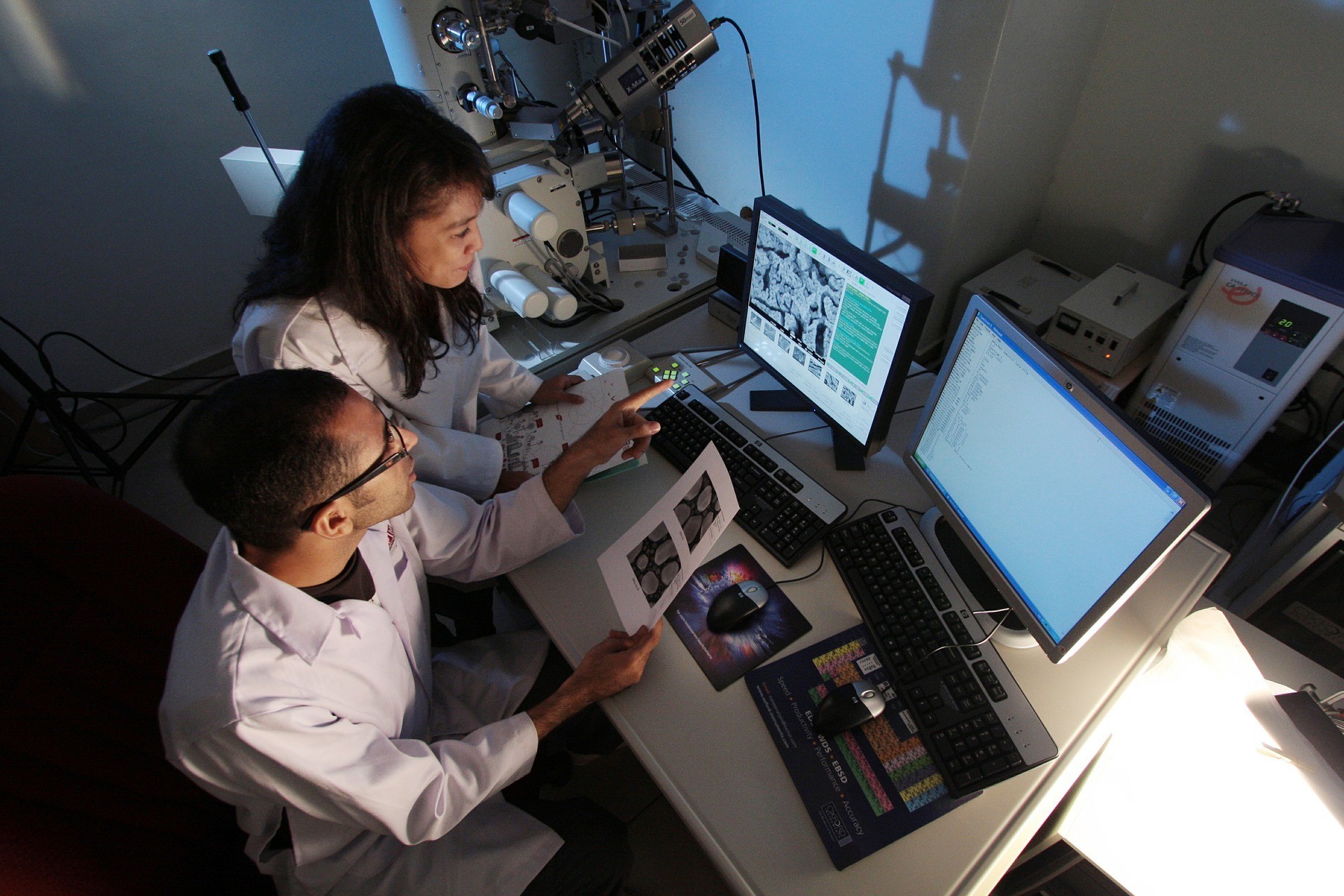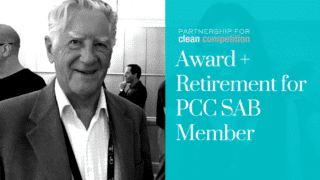A seminar at the University of Utah by Dr. Daniel Eichner, president of the Sports Medicine Research and Testing Laboratory (SMRTL) piqued Dr. Geoff Miller’s interest back in 2014. Now, he’s on track for a promising career in anti-doping research.
With a focus in Pharmaceutical Chemistry in graduate school, Dr. Miller had a big decision to make following graduation. On the table were job opportunities from pharmaceutical companies as well as a position within a children’s research hospital in their cancer research program. However, after hearing Dr. Daniel Eichner speak about anti-doping science occurring in the SMRTL lab, his interest was piqued. Says Dr. Miller, “Many of these projects interested me, as well as the meshing between sports and science, so I chose
Since being accepted into the program, Dr. Miller has been involved in myriad of activities, including the oversight of sample testing, assay validation, and certification for the handling of radioactive materials. Dr. Miller has also worked with Dr. Eichner to review biological passports for clients and will soon be training other analysts in safety and lab operations.
Importantly, Dr. Miller is also involved in a number of research projects, including determining markers for fluid balance, examining the administration and effect of ‘Natesto’, a new intranasal form of testosterone, aiding in the detection of autologous blood transfusions, and investigating plasma volume changes following an Ironman event. As impressive as that sounds, according to Dr. Miller, that’s not all: “other projects are in the planning stage, but still require further design and approval from our institutional review board. As we seek approval for these projects, we are working on implementation of and efficiency in our HGH biomarker testing.”
Of note, Dr. Miller has achieved one publication and two presentations as a result of his Fellowship work – so far.
For many young scientists, the opportunity to pursue research projects of interest, while learning the inner day to day workings of a lab sounds great – and Dr. Miller is no exception. In his own words, this combination “provides a great opportunity to see how the lab primarily operates and to understand many different aspects of sample analysis,” key areas in any anti-doping career. In the future he hopes to spend time at additional laboratories ‘to understand the differences between [laboratories] from both the sample operations and research standpoints.”
Seeking institutional review board approval for projects was also a novel experience granted via the Fellowship Program and Dr. Miller ranks obtaining it for three separate projects as one of his proudest accomplishments, admitting “this was an aspect of scientific research that I never had to deal with in graduate school, so while I was aware of the concept, actually getting approval was something very new to me. It took quite a few weeks to understand the necessary steps required for approval application, but once the first project went through, the next couple fell in line nicely.”
Outside of the lab, Dr. Miller showcases his love of sport – one of the reasons he entered anti-doping science originally: “Having played soccer in college, it has been difficult to let go so I continue to play in both indoor and outdoor amateur leagues in my free time. Additionally, I really enjoy the outdoors (especially in the warm weather seasons), and Utah is the perfect place for nearby hiking, camping, and biking.”
When asked why other young professionals should consider a career in anti-doping, Dr. Miller provided sage advice: “I believe anti-doping science represents a relatively untapped market when it comes to research projects. There are so many questions still remaining to be answered in this field. Additionally, the field is always changing, which provides a level of excitement and requires a sense of urgency to solve some of the lingering issues.” The PCC agrees wholeheartedly.
Dr. Miller exemplifies the tenets of curiosity, travail and a pursuit of real world impact which epitomize success in the field. The PCC is proud to say his career in anti-doping looks exceptionally promising, and our Scientific Advisory Board in particular is excited to support the future endeavors of Dr. Miller and the future young researchers who follow in his footsteps.
The PCC’s unique Fellowship Program aims to attract and cultivate young anti-doping scientists in order to keep this innovative discipline manned by passionate and capable researchers.
To learn more or apply for the PCC’s unique Fellowship Program, visit cleancomp.wpengine.com/application-center
To learn more about Dr. Miller’s work in the SMRTL laboratory, visit http://www.smrtl.org/




